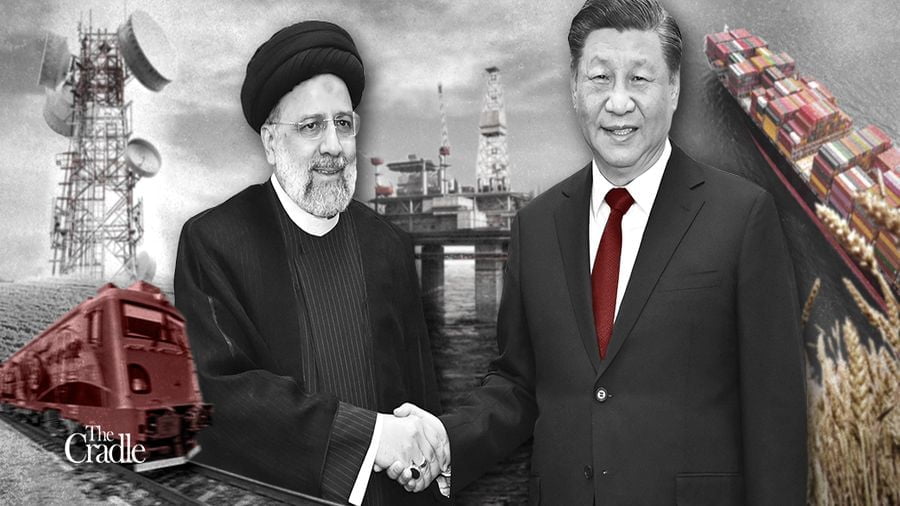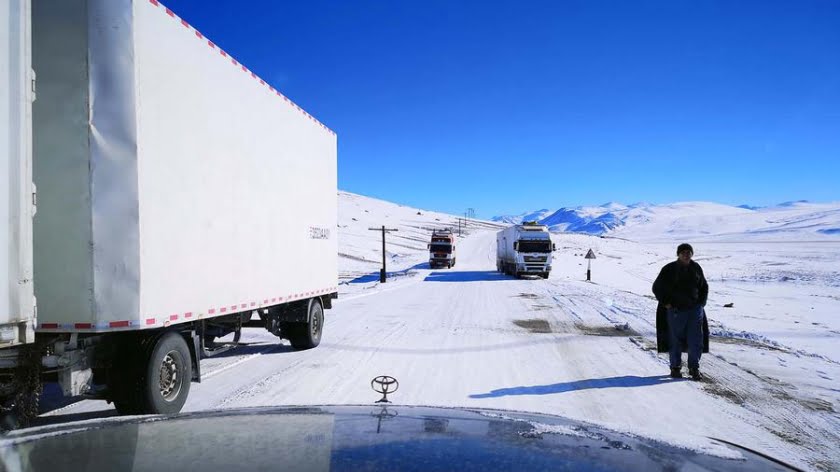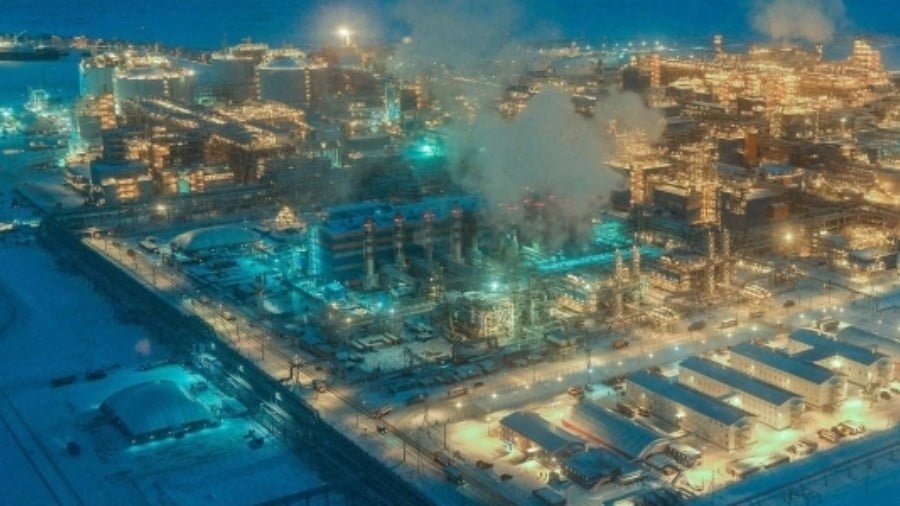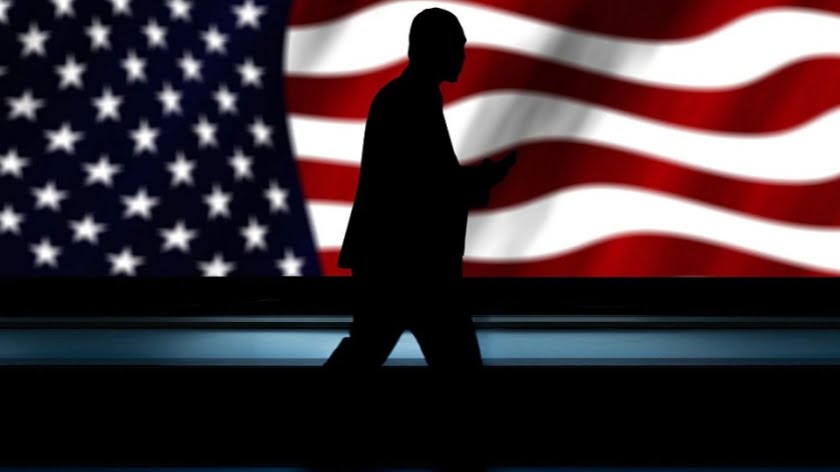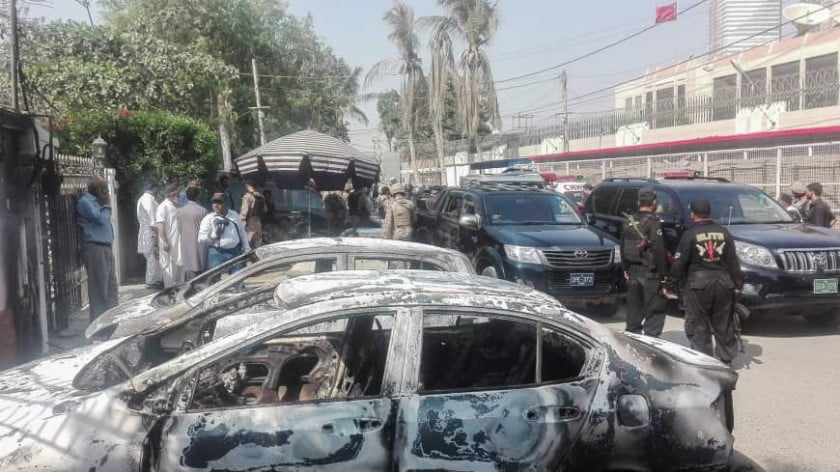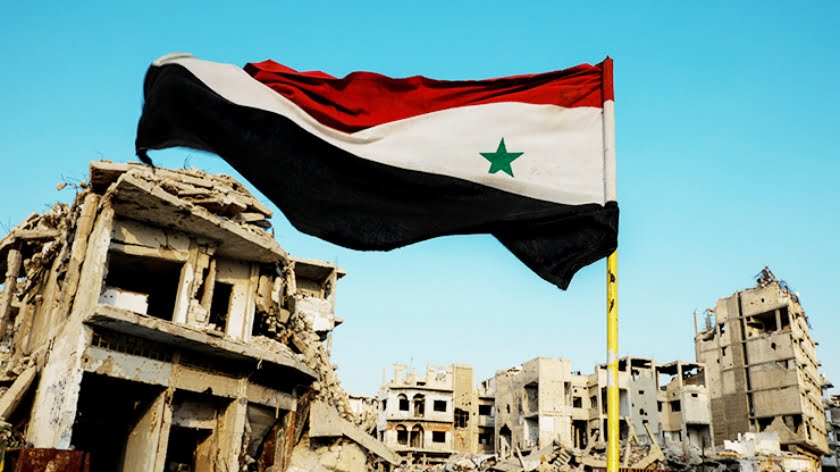Raisi in Beijing: Iran-China Strategic Plans Go Full Throttle
The visit of Iranian President Ebrahim Raisi to Beijing and his face-to- face meeting with counterpart Xi Jinping is a groundbreaking affair in more ways than one.
Raisi, the first Iranian president to officially visit China in 20 years, led an ultra high-level political and economic delegation, which included the new Central Bank governor and the Ministers of Economy, Oil, Foreign Affairs, and Trade.
The fact that Raisi and Xi jointly supervised the signing of 20 bilateral cooperation agreements ranging from agriculture, trade, tourism and environmental protection to health, disaster relief, culture and sports, is not even the major take away.
This week’s ceremonial sealing of the Iran-China comprehensive strategic partnership marks a key evolution in the multipolarity sphere: two Sovereigns – both also linked by strategic partnerships with Russia – imprinting to their domestic audiences and also to the Global South their vision of a more equitable, fair and sustainable 21st century which completely bypasses western dictates.
Beijing and Tehran first established their comprehensive strategic partnership when Xi visited Iran in 2016 – only one year after the signing of the Joint Comprehensive Plan of Action (JCPOA), or Iranian nuclear deal.
In 2021, Beijing and Tehran signed a 25-year cooperation deal which translated the comprehensive partnership into practical economic and cultural developments in several fields, especially energy, trade and infrastructure. By then, not only Iran (for decades) but also China were being targeted by unilateral US sanctions.
Here is a relatively independent analysis of the challenges and prospects of the 25-year deal. And here is an enlightening perspective from neighboring Pakistan, also a strategic partner of China.
Iran: gotta modernize everything
Beijing and Tehran are already actively cooperating in the construction of selected lines of Tehran’s subway, the Tehran-Isfahan high-speed railway, and of course joint energy projects. Chinese tech giant Huawei is set to help Tehran to build a framework for a 5G telecom network.
Raisi and Xi, predictably, stressed increased joint coordination at the UN and the Shanghai Cooperation Organization (SCO), of which Iran is the newest member, as well as a new drive along the Belt and Road Initiative (BRI).
While there was no explicit mention of it, underlying all these initiatives is the de-dollarization of trade – in the framework of the SCO but also the multipolar BRICS group of states. Iran is set to become one of the new members of BRICS+, a giant step to be decided in their upcoming summit in South Africa next August.
There are estimates in Tehran that Iran-China annual trade may reach over $70 billion in the mid-term, which will amount to triple the current figures.
When it comes to infrastructure building, Iran is a key BRI partner. The geostrategy of course is hard to match: a 2,250 km coastline encompassing the Persian Gulf, Strait of Hormuz, Sea of Oman and the Caspian Sea – and huge land borders with Iraq, Turkey, Armenia, Azerbaijan, Turkmenistan, Afghanistan and Pakistan. Every think tank in China sees how Iran is irreplaceable, not only in terms of BRI land corridors, but also the Maritime Silk Road.
Chabahar Port may be a prime Iran-India affair, as part of the International North South Transportation Corridor (INSTC) – thus directly linked to the Indian vision of a Silk Road, extending to Central Asia.
But Chinese port developers do have other ideas, focused on alternative ports along the Persian Gulf and in the Caspian Sea. That will boost shipping connections to Central Asia (Turkmenistan and Kazakhstan), Russia and the Caucasus (Azerbaijan).
And that makes perfect sense when one combines port terminal development with the modernization of Iran’s railways – all the way to high-speed rail.
An even more revolutionary development would be China coordinating the BRI connection of an Iranian corridor with the already in progress 3,200 km-long China-Pakistan Economic Corridor (CPEC), from Kashgar in Xinjiang to Gwadar port in the Indian Ocean.
That seemed perfectly plausible when Pakistani Prime Minister Imran Khan was still in power, before being ousted by a lawfare coup. The key of the whole enterprise is to build badly needed infrastructure in Balochistan, on both sides of the border. On the Pakistani side, that would go a long way to smash CIA-fed “insurgents” of the Balochistan Liberation Army kind, get rid of unemployment, and put trade in charge of economic development.
Afghanistan of course enters the equation – in the form of a China-Afghan-Iran corridor linked to CPEC. Since September 2021, Beijing has explained to the Taliban, in detail, how they may profit from an infrastructure corridor – complete with railway, highway and pipeline – from Xinjiang, across the Wakhan corridor in eastern Afghanistan, through the Hindu Kush, all the way to Iran.
The core of multipolarity
Iran is perfectly positioned for a Chinese-propelled boom in high-speed cargo rail, connecting Iran to most of Central Asia (Kazakhstan, Turkmenistan, Tajikistan, Kyrgyzstan).
That means, in practice, cool connectivity with a major logistics cluster: the Special Economic Zone (SEZ) of Khorgos, only 330 km from Almaty on the Kazakh-China border, and only four hours from Urumqi, Xinjiang’s capital.
If China pulls that off, it would be a sort of BRI Holy Grail, interconnecting China and Iran via Kazakhstan, Turkmenistan, Afghanistan, and Pakistan. Nothing less than several corridors in one.
All that is about to happen as the Islamic Revolution in Iran celebrates its 44th year.
What is already happening now, geopolitically, and fully recognized by China, might be defined as the full rejection of an absurdity: the collective west treating Iran as a pariah or at best a subjugated neo-colony.
With the diverse strands of the Resistance embedded in the Islamic Revolution finally consolidated, it looks like history is finally propelling Iran as one of the key poles of the most complex process at work in the 21st century: Eurasia integration.
So 44 years after the Islamic Revolution, Iran enjoys strategic partnerships with the three top BRICS: China, Russia and India.
Likely to become one of the first new members of BRICS+, Iran is the first West Asian state to become a full member of the SCO, and is clinching a Free Trade Agreement (FTA) with the Eurasian Economic Union (EAEU).
Iran is a major strategic partner of both BRI, led by China, and the INSTC, alongside Russia and India.
With the JCPOA all but dead, and all western “promises” lying in the dust, Tehran is consolidating its pivot back to the East at breakneck speed.
What Raisi and Xi sealed in Beijing heralds Chinese pre-eminence all across West Asia – keenly perceived in Beijing as a natural consequence of recognizing and honoring Iran’s regional centrality.
Iran’s “Look East” strategy could not be more compatible with BRI – as an array of BRI projects will accelerate Iran’s economic development and consolidate its inescapable role when it comes to trade corridors and as an energy provider.
During the 1980s Tehran was ruled by a “Neither East nor West” strategy – faithful to the tenets of the Islamic Revolution. That has now evolved, pragmatically, into “Look East.” Tehran did try to “Look West” in good faith, but what the US government did with the JCPOA – from its murder to “maximum pressure” to its aborted resuscitation – was quite a historical lesson.
What Raisi and Xi have just demonstrated in Beijing is the Sovereign way forward. The three leaders of Eurasia integration – China, Russia and Iran – are fast on their way to consolidate the core of multipolarity.

